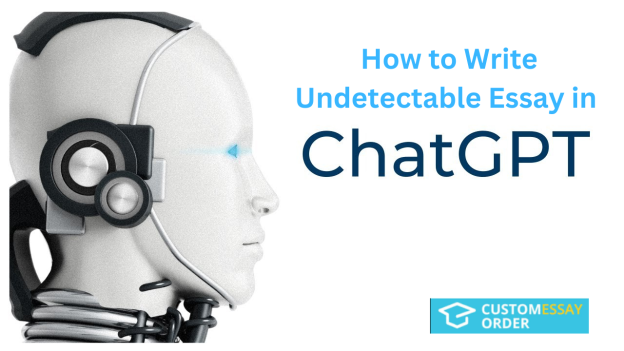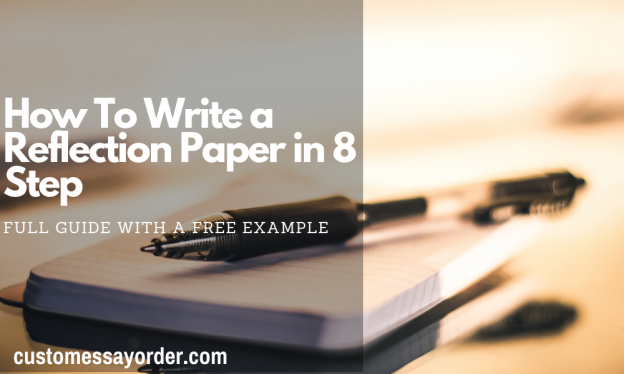When it comes to writing essays, narrative essays have a place of their own because of their capacity to share personal experiences and stories with readers in a compelling yet personal way. If we are to dissect a narrative essay, we can see that it has a solid element of storytelling, descriptive language, and a rigid structure of opening, body, and closing.
Learning about narrative essays and how they work is important for students because they will be able to use the skill on different levels throughout their academic careers. This blog is aimed at defining what narrative essay writing is, where it is used, how you can write one, some examples, and popular questions about it.
What is a Narrative Essay?
Simply put, a narrative essay is a form of writing that conveys a story to the readers from the writer’s own life experience or imagination. Compared to other essay types where you either analyze a problem, argue a point, or describe a subject, the primary purpose of narrative essays is to capture the reader’s imagination and make them think that they are not reading fiction while imparting deeper knowledge on an experience, such as love, loss, and so on.
Certain things set this type of essay apart from the rest and that is the building blocks. In a narrative essay, you will see a structure of opening with a hook, rising action, climax, falling action, and a conclusion. That’s why it closely resembles a short story or flash fiction. Another thing present in narrative writing is a protagonist and an antagonist as the driving forces behind the plot.
Where to Use Narrative Essays
Narrative essays are versatile in their subject and application, making them highly useful in different settings and scenarios. Here are some of the use cases for narrative essays.
- In academic writing, narrative essays are often assigned by teachers in schools or colleges to gauge students’ ability to think and write. They are also widely used by colleges for admission as personal essays.
- Personal writing has a big place for narrative essays because memoirs, personal blogs, and more, all carry elements of narrative writing.
- In the professional sphere, writers can engage readers and turn them into paying customers using the powers of storytelling that are ingrained in narrative essays.
How to Start a Narrative Paper Successfully
Many writers and professors stress the importance of starting a narrative essay successfully. It is because they believe that the outcome of the whole will depend on this part’s performance.
A narrative essay has a clear, deliberate opening that is used to capture the reader’s mind and hook him in. That’s why it is also called a hook and it can be an intriguing anecdote, a vivid description, or something that can induce a strong reaction in the reader, compelling him to read more.
After setting the hook, the writer provides some context or background information on the subject and then finishes the introduction with the thesis statement in the closing lines.
5 Steps to Writing a Narrative Essay
Since this blog is about teaching students how to write a narrative essay and how they can get started to learn the craft, this section is dedicated to showing the students how it is done. We have divided the whole process into five easy and logical steps. Of course, if you are not up for the challenge, you can rely on our Write My Essay option to get one.
Let’s go through these steps and show you the way.
Brainstorm Narrative Essay Topics
Your narrative essay will always be as good as the topic you chose to write that essay on. So, we will start with choosing the right topic. In this area, you should always go for the topic that has some personal attachment to you. It could be an event, a fictional world, a challenge you overcame, and so on. The topic should be personal enough for you to tell the story but the appeal should be broad so that others can connect with it. It is all about striking the balance.
Make a Narrative Essay Outline
After choosing a topic, the next step in writing a narrative essay is to map out the whole thing, from start to finish. Many purists think that planning the flow of the essay kills the spontaneity of the process. However, the truth is that outlining the essay makes it easier for the writer to have the bigger picture before him. This makes sure that he does not fall prey to writer’s block and other trials that can come in the way of writing.
Write Your Narrative Essay
Once the topic and outline of the essay are in place, it is time to put the proverbial pen to the paper and start writing. When you have the outline, it is best not to stall the process and just get it going. Now, the aim is to get the events to life with clear writing, deep emotions, and vivid imagery. While writing, make sure that your writing is immersive and carries a deeper meaning in each aspect. This will allow the readers to draw parallels and feel connected to the narrative.
Revise Your Narrative Essay
No matter how good you are with words, revising is a critical part of it and narrative essay writing is not immune from it. After finishing the first draft, it is time to go through the text and identify the issues in terms of clarity, coherence, and flow. The practice can also involve changing the places of the sections, revising dialogue for crispness, and even changing descriptions to get everything in an organic flow. Revision is not limited to that because you need to check for spelling, grammar, off-putting phrases, and more to have your text in the best shape possible. If it becomes too overwhelming, you can ask us to “Edit My Essay for Me” and we will be happy to oblige.
Proofread and Publish Your Narrative Essay
Revision is often the final step in many students’ workflow of writing a narrative essay. But we know from the masters of the craft that you should give your drafts another go. This time, critically read the text multiple times and ensure that everything is where it should be, especially in the elements of the narrative, such as opening, plot, conflict, climax, and resolution. When you are sure that everything is right on point, it is time to publish your narrative essay and wait for the feedback.
Narrative Essay Examples
The best way to teach narrative writing is to tell the students what is a narrative essay, its elements, and how you can write one in simple steps. However, the learning process is incomplete without some pertinent examples. In this section, we will share two examples to show you how narrative essays can be designed to capture readers and fetch solid grades in school.
- You can recount a personal journey of overcoming the fear of public speaking. Start with the initial panic and anxiety and then work your way through the time you have to step on the stage. But once you started, it flowed and you got into your groove.
- You are the protagonist who is facing a personal dilemma. You take responsibility for your actions and set the example of integrity and selflessness in times of moral decay.
By working on examples and reading extensively works of other authors can broaden the horizons of the students and show them the ropes of writing narratives.
Things To Remember
Although we have shared ample on how to write a narrative essay, you still need to keep these things in mind:
- It does not matter if you are giving a personal account or writing a fictional tale, you need to stay true to the story.
- Descriptive language is the most potent tool to capture the readers and make them believe that they are not reading a made-up thing or something that happened to someone else.
- Always keep the focus on the theme while adding to it through other instruments, such as characters, plot, climax, and so on.
- Instead of just recounting events, show them in a way where they serve as the blueprint for action for the readers. They become heroes of their narratives.
- Writing is more about rewriting and revising. Make sure that your narrative essay is polished when it reaches the hands of your readers.
Final Thoughts
Narrative essays are amazing at sharing powerful stories with readers. The best thing about narrative writing is that it can be based on imaginative elements or something that you experienced. In this blog, we have covered everything that a beginner needs to know, from defining what is narrative writing to how you can write a solid essay in five simple, reproducible steps. So, if your narrative essay is due soon, it is your cue to get started right away!
FAQs
What is the main point of writing a narrative essay?
The main point of writing a narrative essay is to engage the readers in a thoughtful story where they can draw parallels for themselves.
Can I make my narrative essay fictional?
Yes, you can. There is no ruling on making narrative essays strictly on personal experiences and real settings.
How can I ace the introduction of my narrative essay?
The introduction of a narrative essay should have a hook in the beginning, then some context, and the thesis statement in the closing lines.
How a narrative essay is different from other essays?
A narrative essay focuses on the story rather than the qualitative or quantitative analysis of a subject. It is distinguished from other types of essays due to its elements.









